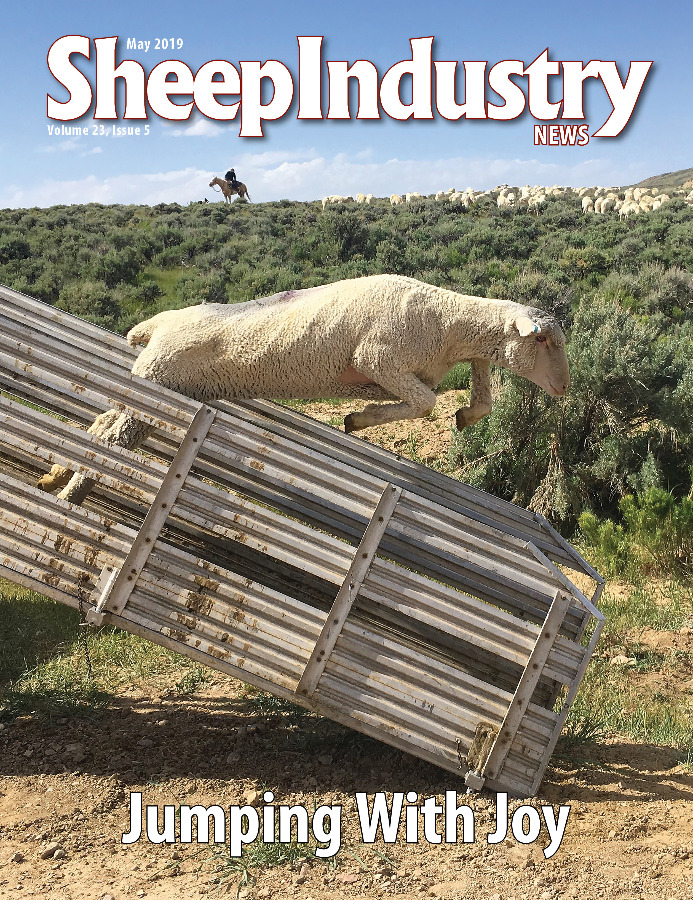One of the purposes for the changes to the current scrapie eradication program is to ensure that all potential pockets of infection are captured so that the United States can be officially declared free of scrapie.
Full eradication of the disease will ultimately reduce producer costs and improve trade opportunities for American sheep and goat products.
A key part to this effort is identifying all sheep and goats that are moved in interstate commerce. Fortunately, the majority of sheep and goats that are moved in interstate commerce are already identified back to their flocks of origin and birth, but there are some populations that have not been previously included. The new regulation makes some changes to capture animals that previously were not required to be identified.
APHIS will now require that those individuals – or their agents – who move unidentified sheep or goats to a market or other premises where they will then be identified and those moving animals in slaughter channels to have an owner/hauler statement that indicates specific information needed for official identification and recordkeeping.
This includes the name, address and phone number of the owner and the hauler (if different), the date the animals were moved, the flock identification number or the PIN that is assigned to the flock or premises of the animals, the number of animals, and the species, breed and class of animals. If breed is unknown, the face color for sheep must be recorded and for goats, the type (milk, fiber or meat) must be recorded.
The name and address of point of origin – if different from the owner address – and the destination address must also be included in the owner/hauler Statement. If moving individually unidentified animals or other animals required to move with a group/lot identification number, the group/lot identification number and any information required to officially identify the animals must be included on the owner/hauler statement.
For animals in slaughter channels, the owner/hauler statement must indicate that the animals are in slaughter channels (except wethers that are less than 18 months of age).
An owner/hauler statement is not required if the animals are not in slaughter channels and are officially identified or are traveling with an Interstate Certificate of Veterinary Inspection, commonly called a health certificate.
Animals moved from one premises owned by the producer across state lines to another premises owned or leased by the producer – such as for grazing – will need an owner/hauler statement unless an ICVI is required.
ASI will keep the industry informed as it continues to evaluate the changes to the scrapie eradication program regulations, and its impact on producers. Additional educational material will be available soon to help producers comply with the changes.


